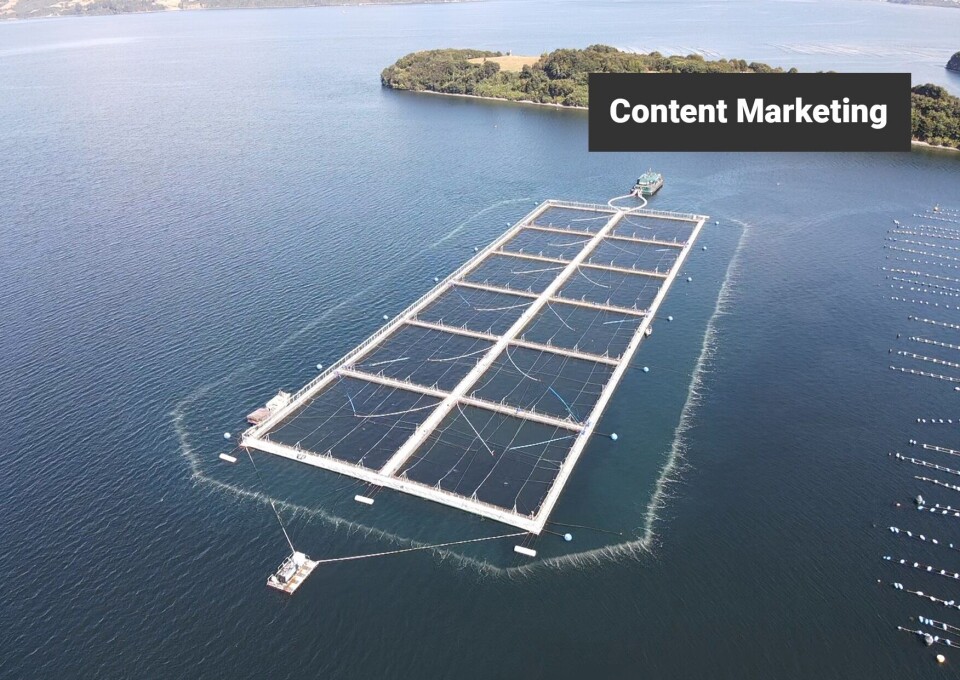
Microbubble barriers scientifically proved to be effective for control of algal and microorganism blooms
Trials conducted by Plancton Andino revealed that microbubble barriers developed by the PSP group are highly effective in controlling harmful algal blooms (HABs).
Although underwater microbubble barriers are a known technology to protect salmon farms from algal or jellyfish blooms, until now there was no publicly available technical-scientific research that proved their effectiveness under controlled conditions. But an investigation carried out by Plancton Andino, Universidad Austral de Chile, Low O2 and PSP Soluciones at the university’s Naval Hydrodynamics laboratory, showed that they are highly effective – with over 80% blocking efficiency - in the control of HABs.
The tests were carried out at the laboratory’s 45-metre test pool, in which different configurations of air diffusers were installed to generate the submarine microbubble barriers. In order to simulate the HAB, innocuous dyes that have a distribution in water similar to algae were used. For the recording of the experiments, cameras from the test channel were used and professionals from Plancton Andino – a company specialised in water quality analysis - collected water samples and made online real time measurements (BAS System) with bio-optical sensors.
The tests were carried out combining three variables – current speed, number of diffusers and repetition - to analyse how the microbubble barriers act more efficiently in blocking blooms. The use of cameras, bio-optical sensors and absorbance analysis of discrete water samples in a double beam spectrophotometer enabled the definition of the most effective configuration. "For current speeds of 0.1 and 0.2 m/s we obtained blockages over 90%, while for 0.3 m/s the efficiency begins to drop", explains Bruno López, general manager of PSP Soluciones, company developer of the microbubble barrier technology that was tested in the simulations.
Bruno López concludes: “The blocking efficiency results of more than 80% in the test channel is excellent news. Although we already knew the effectiveness of our microbubble barriers, this study certifies their capacity and allows us to lay the foundations to continue improving our systems.”





















































